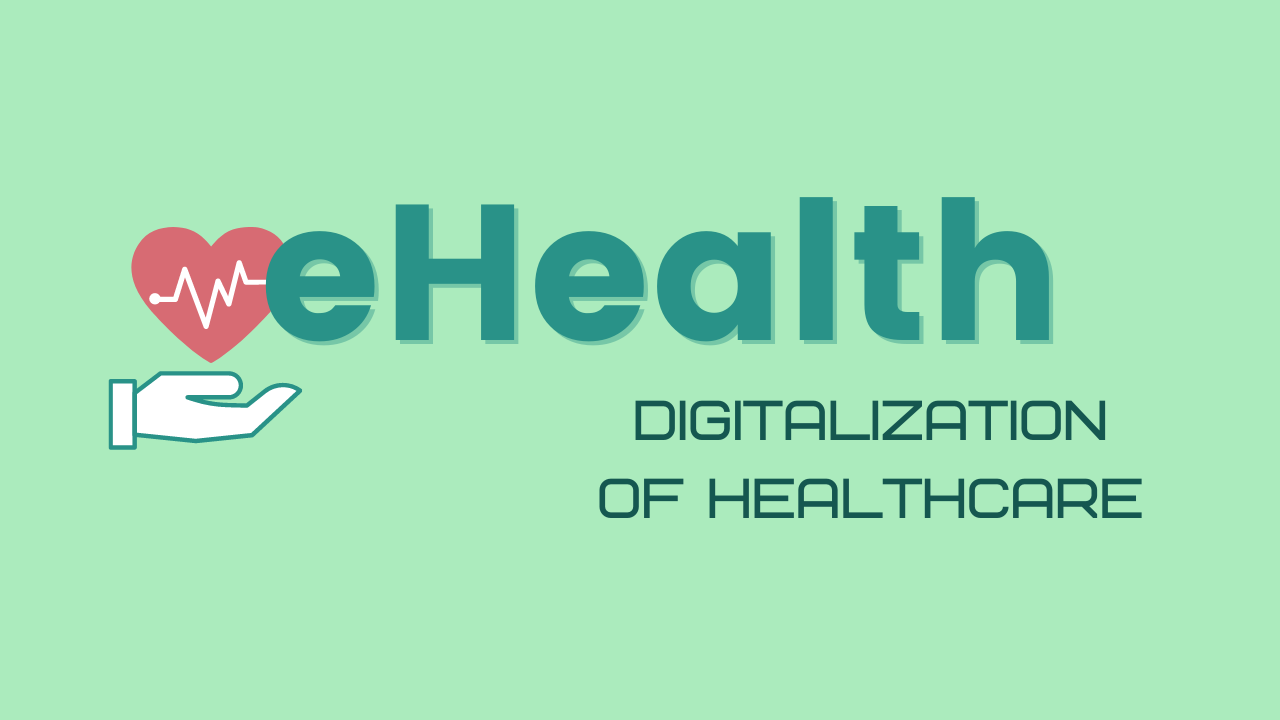eHealth
eHealth
Blog Article
eHealth
Overview
eHealth, often called electronic health or Health care technological know-how, refers back to the utilization of electronic interaction and data engineering within the Health care marketplace. It encompasses an array of technologies and apps aimed toward enhancing the performance, efficiency, and high quality of Health care shipping and delivery.
Objectives of eHealth
The leading goals of eHealth can be summarized as follows:
Enhanced Access to Health care: By leveraging electronic technologies such as telemedicine and distant patient checking, eHealth aims to improve use of Health care expert services for individuals residing in distant places or with limited mobility.
Improved High-quality of Care: As a result of resources like Digital well being data (EHRs) and scientific selection aid techniques (CDSS), eHealth seeks to reinforce the quality of care by facilitating precise and well timed info Trade among the healthcare specialists.
Affected individual Empowerment: By supplying clients with usage of their healthcare data, individualized health apps, and on the internet academic methods, eHealth empowers individuals to get an Energetic purpose in running their particular wellbeing.
Price tag Performance: Utilizing digital platforms might help minimize administrative charges affiliated with paper-centered systems whilst enabling effective coordination among distinct stakeholders in the healthcare ecosystem.
Crucial Programs of eHealth
Many essential programs contribute to attaining the goals outlined over:
Electronic Health Documents (EHRs):
EHRs are digital versions of people' professional medical documents that could be simply accessed by approved healthcare vendors involved with a individual's care. They offer an extensive look at of a patient's professional medical heritage, lab benefits, drugs prescribed, allergies, together with other appropriate medical data.
Telemedicine:
Telemedicine includes delivering healthcare remotely by video clip conferencing or phone phone calls. It enables Medical practitioners to consult with patients who are unable to physically visit hospitals or clinics as a consequence of geographical constraints or mobility troubles.
Cell Overall health (mHealth) Apps:
mHealth apps are smartphone purposes that supply various healthcare products and services, for example monitoring essential signals, reminding individuals to choose medicines, giving access to wellness instruction supplies, and facilitating conversation with Health care providers.
Remote Client Checking (RPM):
RPM permits Health care gurus to monitor a individual's critical indicators together with other health parameters remotely making use of wearable products or sensors. This allows early detection of health issues and timely interventions.
Well being Data Trade (HIE):
HIE involves the secure sharing of affected person knowledge throughout unique Health care corporations, making sure seamless coordination and continuity of treatment between providers in different settings.
Clinical Selection Assist Programs (CDSS):
CDSS leverage synthetic intelligence algorithms to research health care info and aid healthcare specialists in producing evidence-primarily based decisions concerning diagnosis, treatment plans, drug interactions, and more.
Health Wearables:
They are wearable devices like fitness trackers or smartwatches that can obtain physiological facts on someone's workout routines, heart level designs, rest high-quality, plus more.
Advantages of eHealth
The adoption of eHealth gives a number of benefits for both of those men and women and the overall Health care program:
Improved Performance: eHealth streamlines administrative duties by reducing paperwork and enabling the Digital exchange of knowledge amongst stakeholders linked to individual treatment.
Improved Interaction: Digital health instruments aid successful interaction amongst patients as well as their Health care companies though also selling collaboration among unique specialists associated with a affected individual's remedy approach.
Entry to Specialised Treatment: Telemedicine permits clients residing in distant places or underserved communities to refer to with professional Medical professionals who is probably not physically present nearby.
Well timed Interventions: As a result of remote monitoring programs or cell applications that offer alerts or reminders for medication adherence or comply with-up appointments, eHealth helps avoid difficulties by facilitating early interventions.
Enhanced Affected individual Outcomes: By offering easy usage of healthcare details on the net coupled with personalized wellness mindef ehealth direction, eHealth empowers clients to actively have interaction in their own Health care and regulate chronic situations properly.
Issues and Problems
When the implementation of eHealth comes along with numerous Positive aspects, Furthermore, it offers challenges and concerns that need to be dealt with:
Privateness and Security: Guarding affected person information from unauthorized access is an important issue from the electronic overall health landscape. Robust stability steps, compliant with suitable privacy regulations, must be executed to guarantee knowledge confidentiality.
Interoperability: Unique Health care techniques and programs might not generally seamlessly talk to each other as a result of insufficient interoperability requirements. Making sure successful exchange of data across platforms is crucial for in depth client care.
Electronic Divide: Not All people has equal usage of digital systems or possesses the necessary electronic literacy abilities demanded for making use of eHealth tools proficiently. Bridging the digital divide gets essential to guarantee equitable access to healthcare products and services.
Regulatory Compliance: The dynamic character of technology typically surpasses present regulatory frameworks. To fully leverage the many benefits of eHealth although safeguarding client legal rights, laws will need to maintain pace with technological improvements without stifling innovation.
Conclusion
eHealth plays a pivotal position in modernizing Health care delivery by harnessing technological innovation for enhanced entry, quality of care, affected person empowerment, and value effectiveness. The popular adoption of Digital interaction tools, telemedicine solutions, cellular overall health applications, distant checking devices, and other revolutionary answers contributes in direction of a more linked and individual-centered approach to healthcare provision. Nonetheless, addressing issues connected with privateness safety, interoperability expectations compliance bridging inequality gaps in Net accessibility are crucial methods toward obtaining the complete prospective of eHealth.
